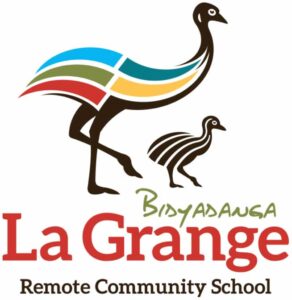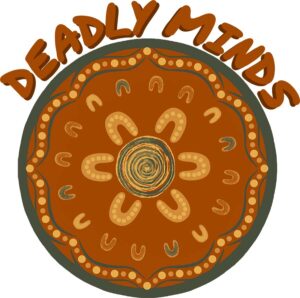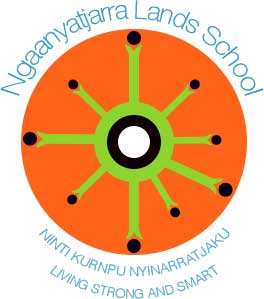Menu
Evidence-based | Academically Informed | Thoughtfully Created
Children and young people experiencing anxiety can feel both physical and emotional symptoms including:
• racing heart beat
• rapid breathing
• being teary and irritable
• being sweaty and breathless
• ‘butterflies’ in your stomach
• pains and discomfort in your body.
For some children and young people with atypical interception there may not be unawareness of any of the above sensations. These children and young people will appear fine until they experience a ‘fight/flight’ moment which can appear as not just fight or flight but also ‘flop, drop or freeze’.
Many children and young people on the autism spectrum also have high levels of anxiety, and often have atypical interception. Their anxiety can present as task or even school avoidance.
A beautiful sensory activity to do at home (or at school), helping kids and teens shift into a much calmer space. Read more here: https://www.yogazeit.com.au/mindjar/
This fantastic breathing exercise will help support calm and stress-relief. It activates the parasympathetic nervous system (the rest and digest part) and helps you feel more relaxed. A nice activity to support body-mind connection, empowering kinaesthetic learners.
How to do it:
Stretch your left hand out so that you’ve got space in between your fingers, just like a star. Hold up your index finger from your right hand.
Breathe in: guide your index finger along your thumb upwards towards the tip. Pause briefly at the top.
Breathe out: Guide your finger down the other side of the thumb, just like a boat riding the waves. Pause briefly.
Breathe in: keep moving your finger up your left index finger…
Breathe out: Move it down the other side … and so on.
Repeat on the other hand.
There’s a nice video from Childhood 101 explaining it
Encourage yourself and your youngster to take some slow, deep breaths and movements to calm the physical effects of anxiety. A beautiful way to do this can be by stretching and breathing (doing yoga) in a simple, fun and relaxing way. For example like this:
• Breathe in: Take your arms up towards the sky really slow – hold them up and pause • Breathe out: Take your arms back down by your side.
• Play the sloth game: See if you can move even slower! Remember, your breath and arm movement need to work together. So: deep slow breath in and arms up … Deep slow breath out and arms down
This technique will take you through your five senses to help remind you of the present and getting you through stressful situations. Why not try this on the way to school? Once in the classroom – this can also be a nice activity for teachers to do as a transition or to help grounding.
Take a deep belly breath to begin.
5 – LOOK: Look around for 5 things that you can see, and say them out loud. For example, you could say, I see the computer, I see the cup, I see the picture frame.
4 – FEEL: Pay attention to your body and think of 4 things that you can feel, and say them out loud. For example, you could say, I feel my feet warm in my socks, I feel the hair on the back of my neck, or I feel the chair I am sitting on.
3 – LISTEN: Listen for 3 sounds. It could be the sound of traffic outside, the sound of typing or the sound of your tummy rumbling. Say the three things out loud.
2 – SMELL: Say two things you can smell. If you’re allowed to, it’s okay to move to another spot and sniff something. If you can’t smell anything at the moment or you can’t move, then name your 2 favourite smells.
1 – TASTE: Say one thing you can taste. It may be the toothpaste from brushing your teeth, or a mint from after lunch. If you can’t taste anything, then say your favourite thing to taste.
Young people with anxiety often get stuck on the worst-case scenario or ‘what ifs’ in any situation. You can help them shift these thinking patterns by:
• reminding them of times they’ve dealt with similar issues in the past and how things worked out OK
• helping them to challenge the scary thought with facts and evidence. For example, we know that there is no monster living in the classroom cupboard
• make a plan for how they’ll respond if things don’t go as they’d like.
We recommend supporting this by Yoga Movement. A strong ‘power shape’ you can do with your body is Mountain:
This pose is the foundation for all standing postures. It is so seemingly simple that it is often not practiced mindfully. It is an excellent posture to help bring awareness to all areas of the body, as well as the mind, to see if it is wandering off.
How to:
Stand up tall with your arms at your sides. Press all four corners of your feet into the ground,
distributing your weight evenly between both feet. Engage your legs to stand tall and strong. Long mindful straight spine. Relax the shoulders down your back.
Once you’re in Mountain – think about how strong you are – just like a mountain. Mountains don’t move when there’s a storm. So if worries come, stand strong and tall like a mountain and remind yourself of ways you can combat these feelings and that YOU are in charge.
Others:
• Check out the Brave Program, a free online program to help kids cope with worries and anxiety. There’s a tailored version for younger kids (eight-12), one for teens (12- 17) and an accompanying program for parents.
YOGAZEIT Ltd. is an Australian registered Charity and Not for Profit organisation dedicated to empowering and educating Australian Youth and Seniors with Yoga and Mindfulness classes, programs, training, and professional development courses founded on the principles of education, ethics and research.
At YOGAZEIT, we believe that the physical, mental, and emotional benefits of yoga and mindfulness should be accessible to all School Communities and Aged Care facilities across Australia, regardless of financial circumstances, gender, age, backgrounds, abilities, challenges and talents.
We are a team of highly experienced Educators, Business Professionals, Aged Care Workers, Social Scientists and much more. We are committed to changing the scope of Education and Ageing, meeting the needs of the Young and Young at Heart through the tools of accessible Yoga and Mindfulness for every BODY.











No spam – just event updates, breathing exercises and free meditation/mindfulness activities.
We won’t pass your details onto third parties. Promise!
© Yogazeit 2019–2023. All rights reserved.
View our Terms and Conditions and Policies and our Guiding Principles.
ABN: 62 631 658 305
Website designed by Eurisko with thanks and gratitude to Lotterywest Grants.
We wish to acknowledge the traditional custodians of the land we are working and living on, the Whadjuk Noongar people.
We acknowledge and respect their continuing culture and the contribution they make to the life, education and mindfulness of this city and this region supported by the leadership of Noongar elders past, present and emerging.
We extend this acknowledgement and respect to all Aboriginal and Torres Strait Islander peoples across Australia.